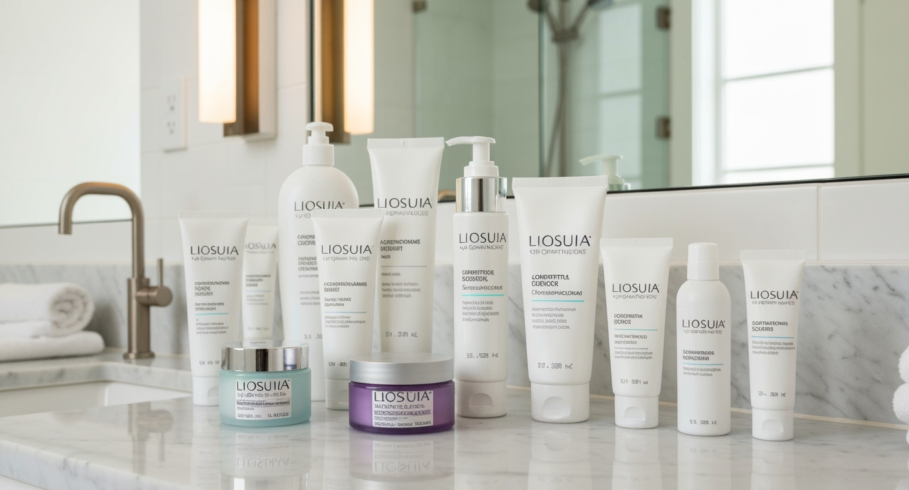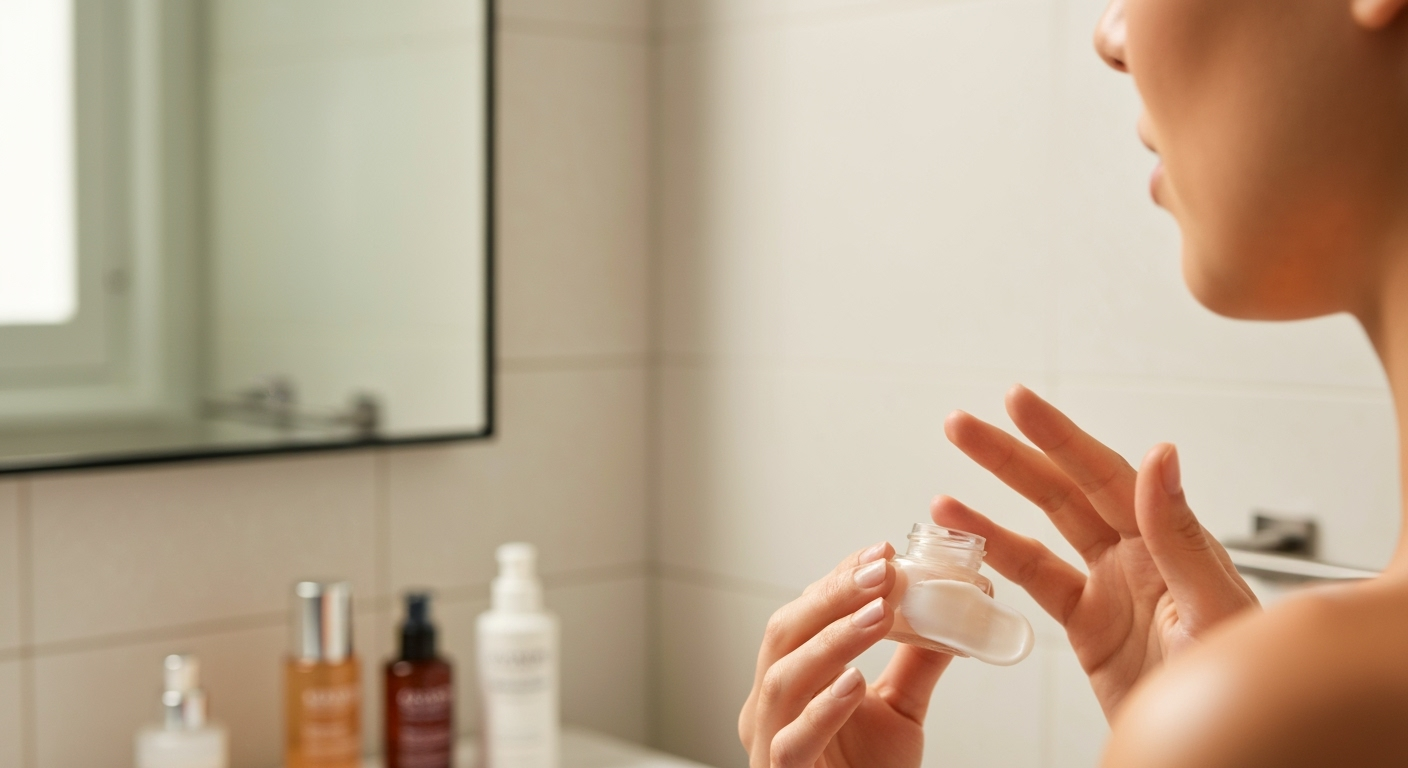
Silicones D4, D5 D6, in cosmetics - new regulations and deadlines
The world of cosmetics is undergoing a real revolution in terms of silicones. If you are wondering why some of your favourite products are disappearing from the shelves or changing their ingredients, it probably has to do with new EU regulations on three specific silicones: D4, D5 and D6. In this article, we explain what these complicated names are actually about and why the European Union has decided to take such steps.
What are the mysterious D4, D5 and D6?
Let's start with the fact that these abbreviations are not some code from a sci-fi movie, but popular determination of three cyclic siloxanes:
-
D4 - octamethylcyclotetrasiloxane (CAS 556-67-2)
-
D5 - decamethylcyclopentasiloxane (CAS 541-02-6)
-
D6 - dodecamethylcyclohexasiloxane (CAS 540-97-6)
Sound complicated? In practice, it is simply the different types of silicones that have played a key role in the cosmetics industry over the years. D5 (cyclopentasiloxane) is probably the one you deal with most often - you'll find it in creams, foundations, hair conditioners and a host of other products.
Why is the D5 so popular?
Cyclopentasiloxane is a real multitalent in the world of cosmetics. It has a viscosity of about 4 cSt, which means it is light as a feather and doesn't leave that unpleasant greasy film on the skin. It acts as:
-
Emollient - forms a gentle barrier that prevents moisture from escaping from the skin
-
Smoothing and softening substance - makes skin and hair silky smooth
-
Antistatic - goodbye, electrified hair!
It partially evaporates after application, so it does not weigh down the hair or skin.
Where can it be found?
Cyclopentasiloxane and its 'brothers' D4 and D6 have been hosted over the years:
-
Creams and lotions - as light emollients for comfort
-
Primers and bases - make application easier and make the make-up look natural
-
Lipsticks - gave a pleasant, non-sticky finish
-
Antiperspirants - form a silky layer and make it easier to spread
-
Hair conditioners - smoothen and make combing easier
What has happened? New EU regulations
This is where the real story begins. The EU has decided to introduce restrictions for those siliconesbut not because of safety for us consumers. The problem lies elsewhere: in the environment.

Current legislation:
D4 (octamethylcyclotetrasiloxane):
-
From 31 January 2020. - total prohibition in rinse-off products
-
From 6 June 2027 - a maximum of 0.1% in all products
-
D4 is also listed in Annex II of Regulation 1223/2009 (entry 1388) - it is therefore completely prohibited for use in cosmetics as soon as it is listed in Annex II of Regulation 1223/2009.
D5 (decamethylcyclopentasiloxane):
-
From 31 January 2020 - a maximum of 0.1% in rinse-off products
-
From 6 June 2027 - a maximum of 0.1% in all products
D6 (dodecamethylcyclohexasiloxane):
-
From 6 June 2027 - a maximum of 0.1% in all products
The legal basis is Commission Regulation (EU) 2024/1328 of 16 May 2024, which amended REACH Annex XVII.
Why such restrictions?
It is not that these silicones are dangerous for us. The Scientific Committee on Consumer Safety (SCCS) has repeatedly confirmed that they are safe in typical cosmetic concentrations. The problem is that these substances are:
-
Very durable (vP) - do not decompose easily in the environment
-
Very bioaccumulative (vB) - accumulate in living organisms
-
D4 additionally classified as PBT - persistent, bioaccumulative and toxic to the environment
When you rinse off your shampoo or shower gel, these silicones end up in waste water and then in rivers and seas. There they can remain for a very long time and affect aquatic ecosystems.
What does this mean in practice?
For rinse-off products (shampoos, gels, soaps):
-
D4 - no longer available from 2020.
-
D5 and D6 - only trace amounts (0.1%)
For non-rinsing products (creams, make-up, lotions):
-
Until June 2027. - no change for D5 and D6
-
After 2027. - D5 and D6 only in trace amounts (0.1%)
Is it the end of the world for our favourite cosmetics?
Absolutely not! The cosmetics industry has already been preparing for these changes for years. Manufacturers:
-
They are developing alternative silicones that are just as effective
-
Invest in natural and biodegradable substitutes
-
Reformulate products while maintaining their performance characteristics
Many brands have already moved away from problematic ingredients, so the transition may be smoother than it seems.
The changes to the D4, D5 and D6 regulations are the result of environmental concerns, not our safety. These silicones remain safe for consumers, but their impact on aquatic ecosystems has prompted the EU to introduce restrictions.
The next few years will bring more innovation in cosmetics - perhaps we will find that new formulations will be even better than the ones we know. And in the meantime, we can use the products on the market with peace of mind, knowing that they are safe and controlled by strict EU regulations.
Check out cosmetics laboratory MPR-LABS.